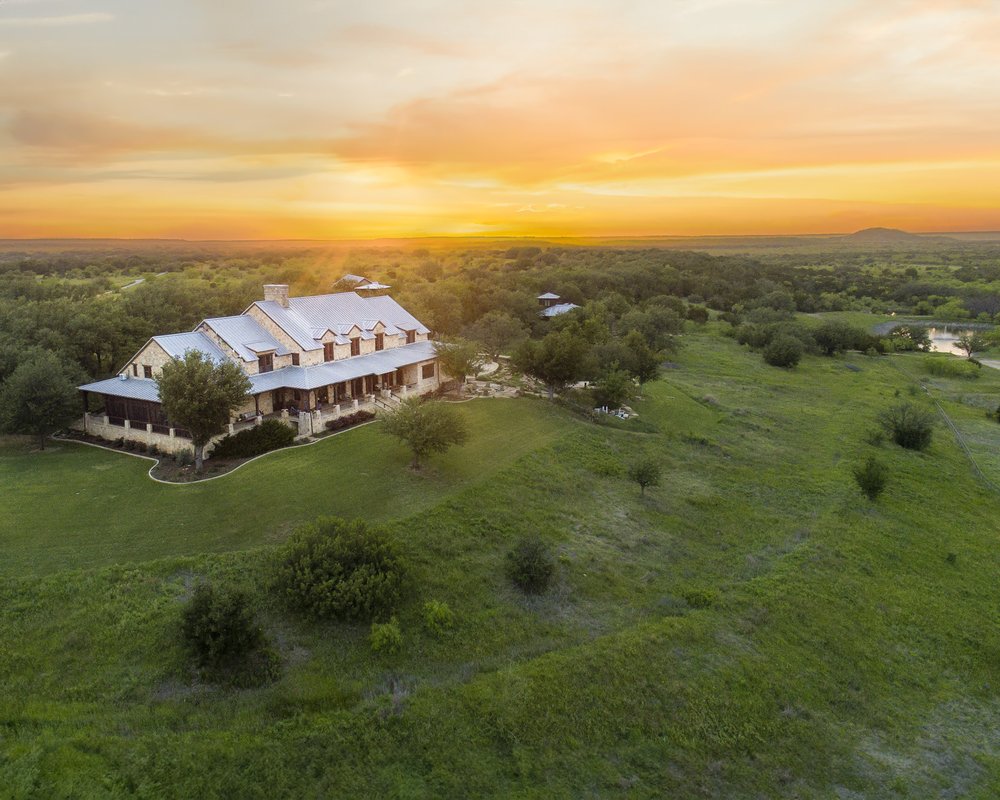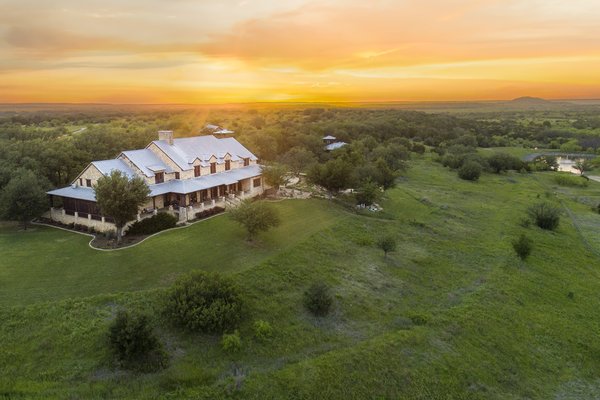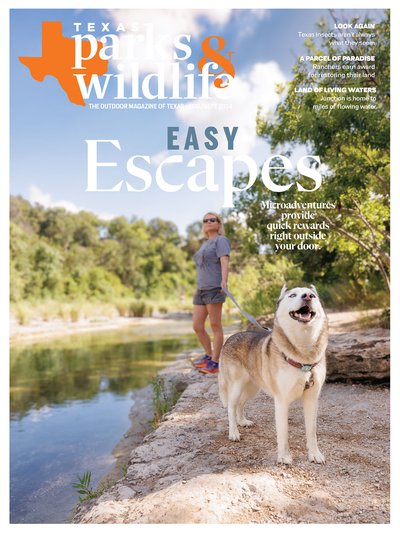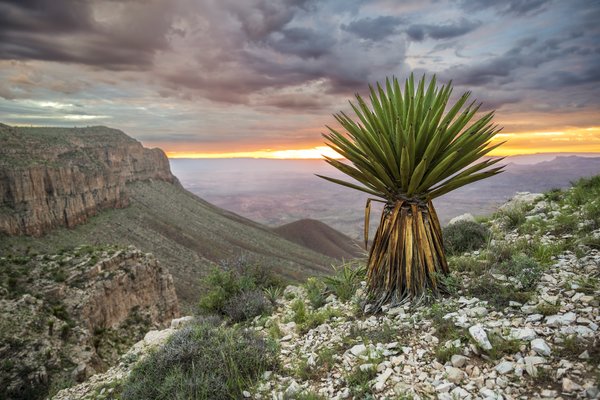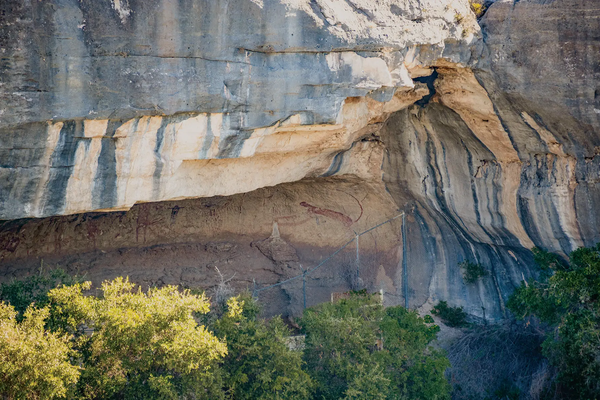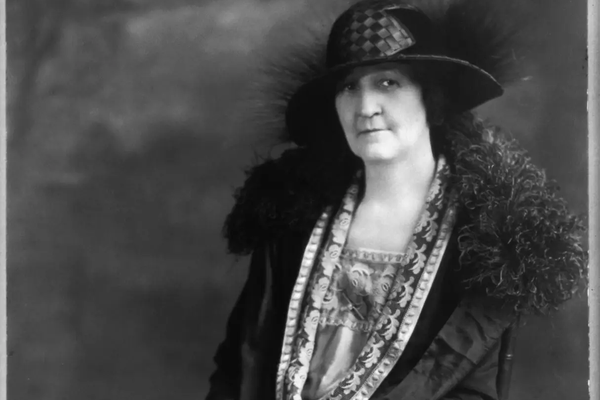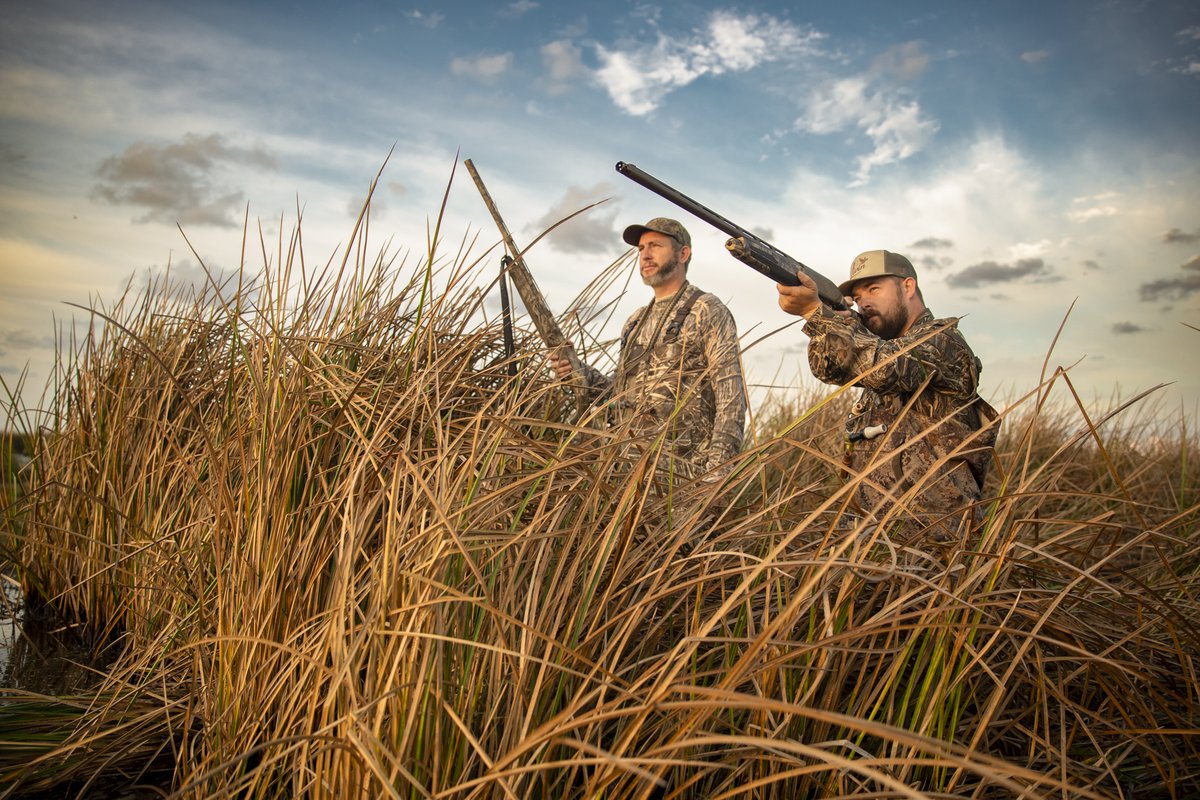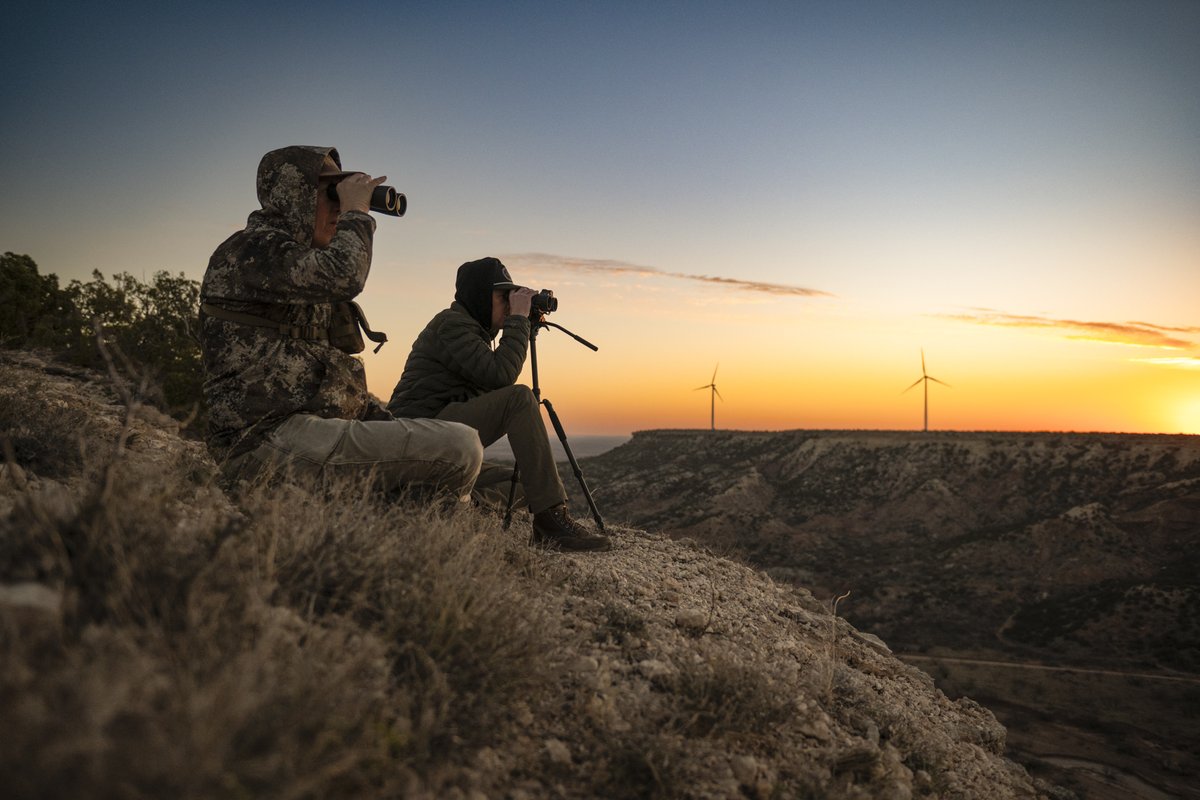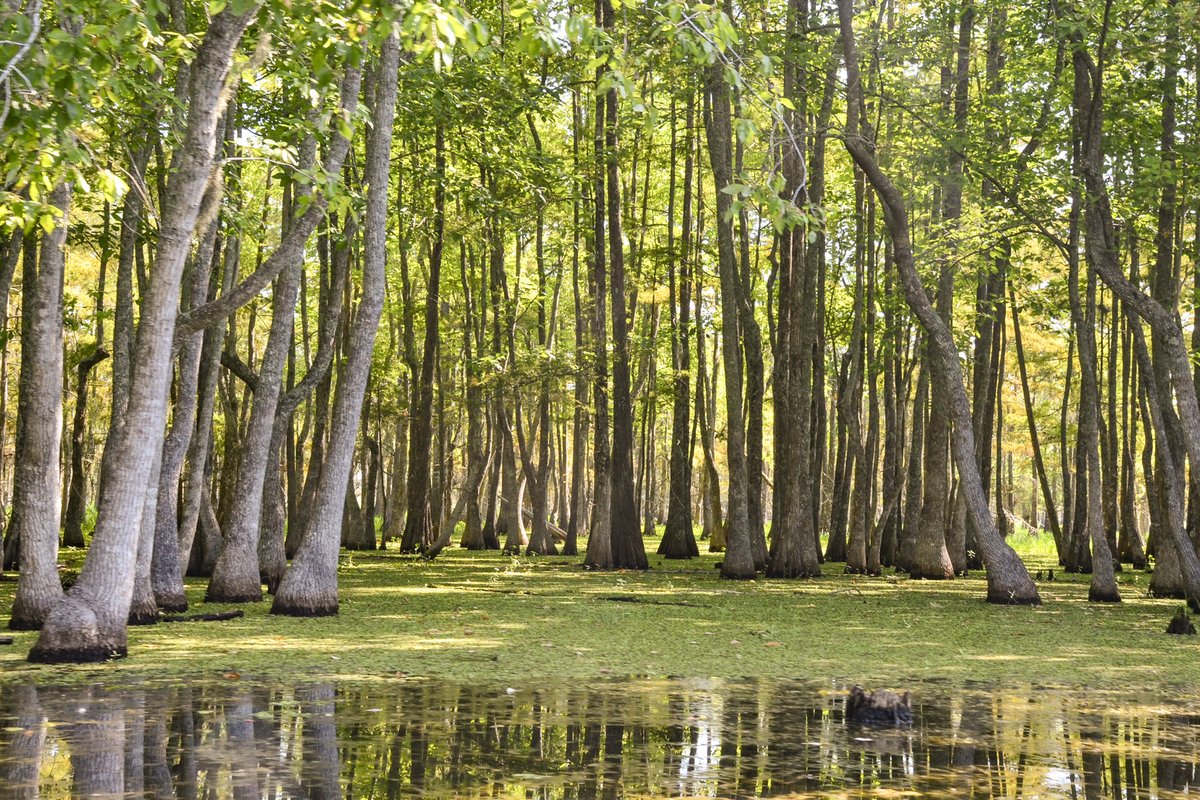In the rolling plains between Fort Worth and Abilene, the MT7 Ranch harbors towering cottonwoods, the relaxing symphony of babbling creeks and a chorus of birdsong. While sitting quietly beside a tree, ranch visitors can see turkeys strutting through a field, their elaborate tails fanned out on display, gobbling in conversation with each other. At the same time, the clear “bob-bob-white” whistle of the northern bobwhite quail rings out across the ranch.
The picturesque property is a shining example of high-quality land management after years of being heavily used for cattle grazing. Pastures that were once overworked and saw very few signs of life now flourish with native grasses, springtime wildflowers and abundant wildlife. The now-abundant quail and turkey were rarely seen or heard on the property before the landowners and staff turned their attention to restoring the property to its former greatness.
For their efforts in restoring this slice of Texas, Mike and Mary Terry and the MT7 Ranch have been named winner of the 2024 Texas Leopold Conservation Award. “Bringing land back to its natural state, enhancing the wildlife, all those principles are important to land stewardship and land ethics,” says Mike Terry.
The prestigious Leopold award, named after author and conservationist Aldo Leopold, recognizes landowners who have gone above and beyond in contributions to land, water and wildlife stewardship. Mike and Mary Terry exemplify these contributions by being good stewards of not only the land but also of the community.

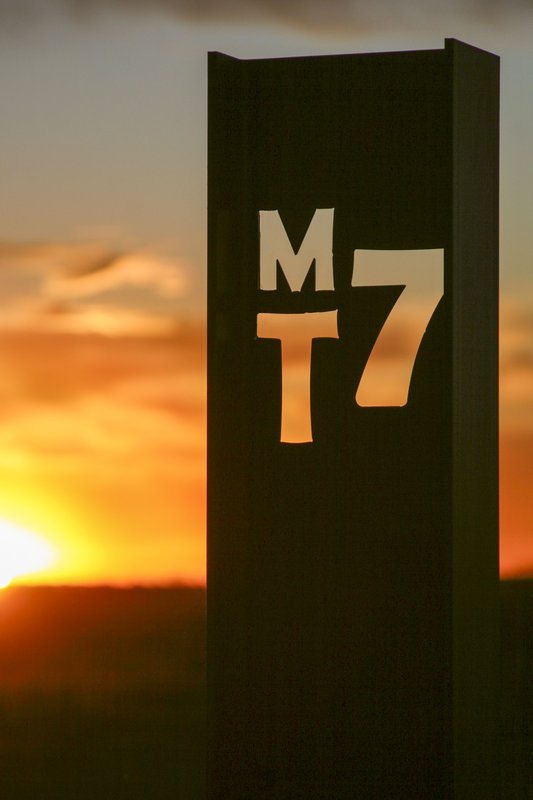
Back to Basics
On a crisp, cool morning with the sunlight peeking through the trees, Mike Terry tells the story of how they started down the path of conserving this great property.
The Terrys purchased the property in 2008 and began the arduous task of restoring the overgrazed ranchland back to a native grassland; they've now bought and restored 19,300 acres.
As the restoration efforts began, the Terrys had to decide what to call their new piece of Texas. With the merging of new and old traditions, they renamed the ranch the MT7, following the 100-year-old practice of previous owners using their initials followed by the number seven.
Within six months of purchasing the ranch, at the time a working cattle operation, the Terrys sold the cattle to give the pastures an opportunity to rest and to begin grassland and habitat restoration efforts. As the grasses and wildlife returned to the ranch, the family brought cattle back to the landscape in 2015, creating a sustainable cattle operation that continues to have an average of 400 Red Angus cattle.
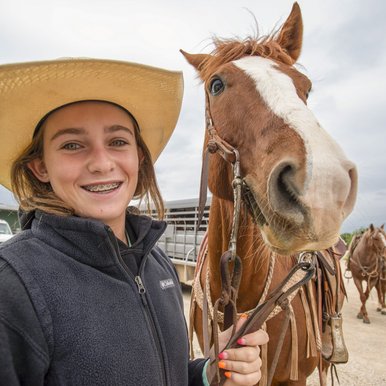
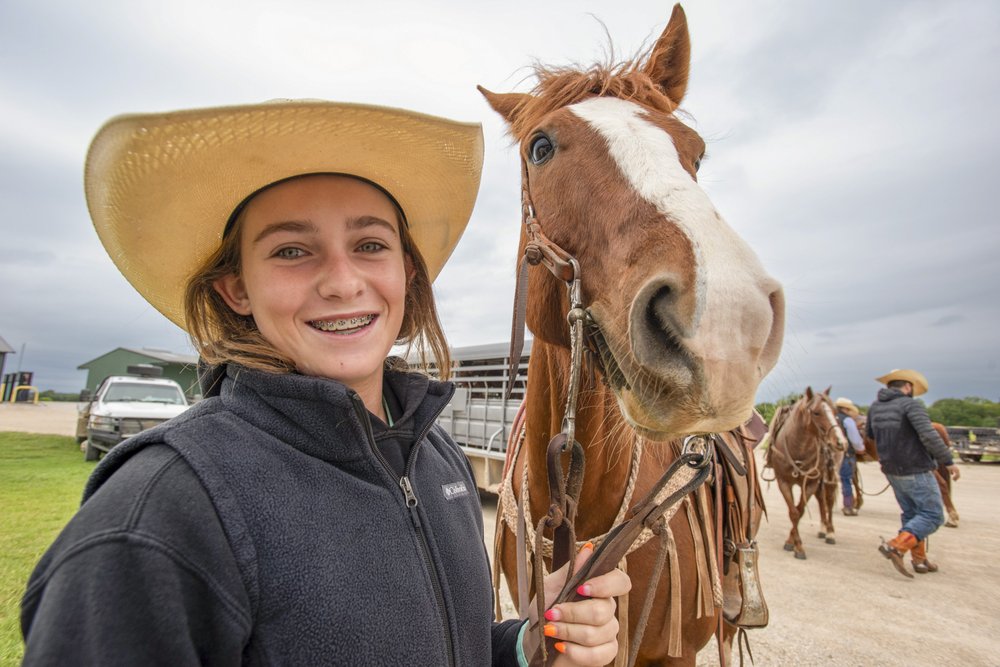
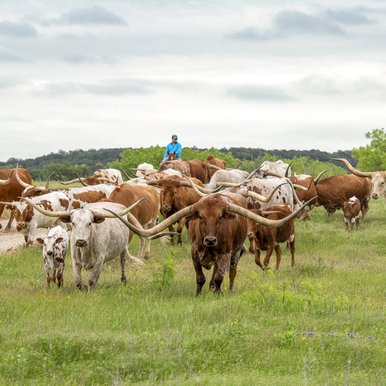
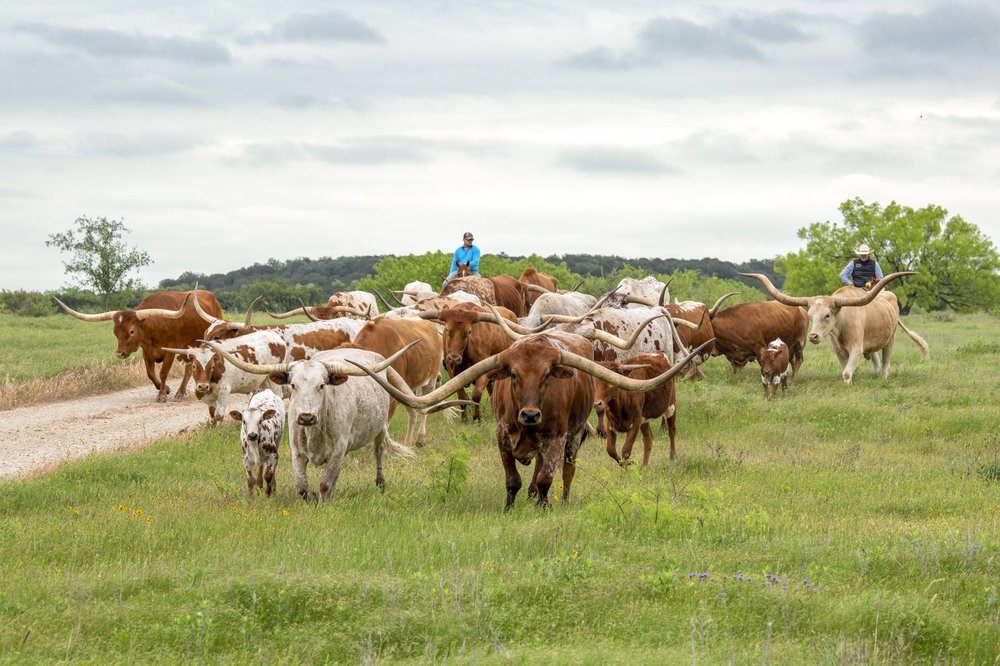
The creek that runs through the property and the more than 200 lakes and ponds that the Terrys have maintained or added have created an oasis of water sources for wintering waterfowl, bald eagles, beavers, river otters, quail, white-tailed deer, dove, turkey and many other native wildlife species.
The ranch owners have planted cedar elms, cottonwoods and live oaks to create roosting areas for dove, shade around lakes for fishing and streamside corridors for turkey roost habitat. The turkey population has seen a dramatic improvement — the ranch went from having fewer than 50 birds to hosting a thriving population of more than 500.
Over the years, a pair of nesting Canada geese found the restored habitat during their annual migration south, and the property has since become home to more than 80 resident geese.
The quail, too, have benefited. Over the years, the Terrys have created 55 quail management areas on the property. The parcels range from 10 to 100 acres and provide quail with cover and food sources. Patchworks of disked strips are planted annually with a mix of grains and forbs that mature at different times of the year, producing seeds and harboring insects.
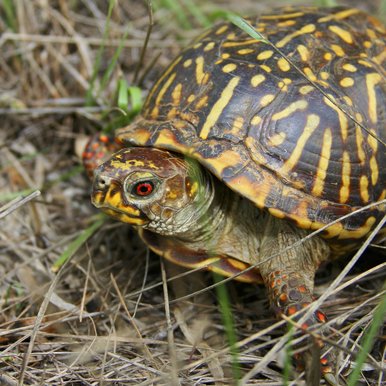
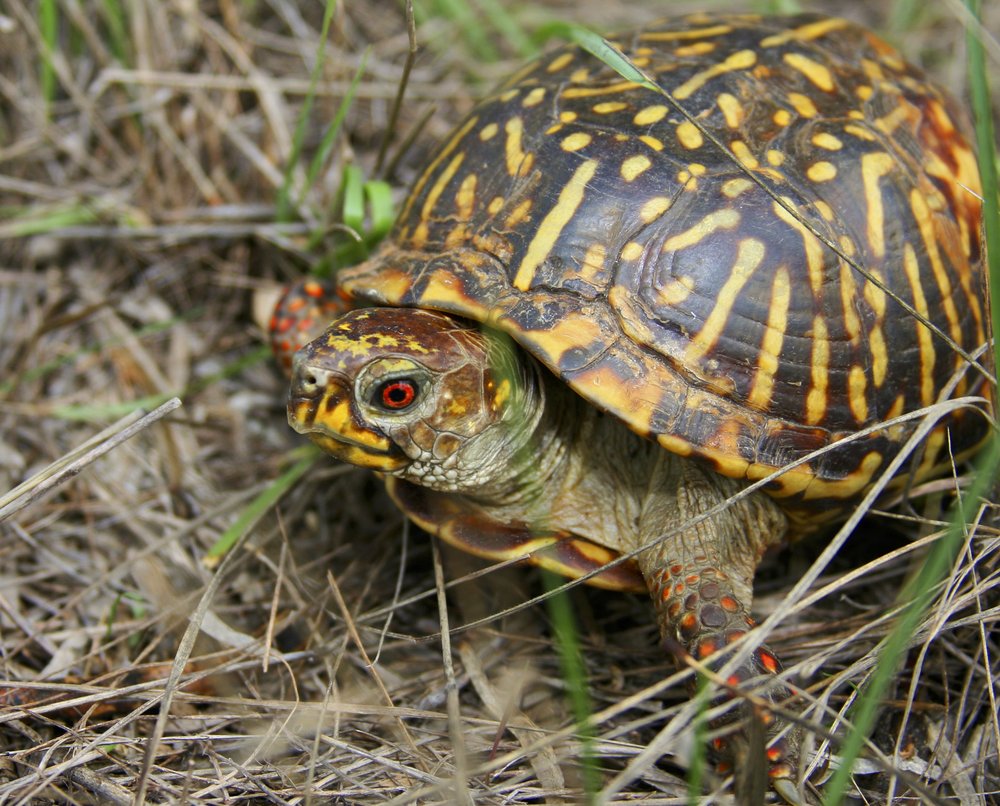
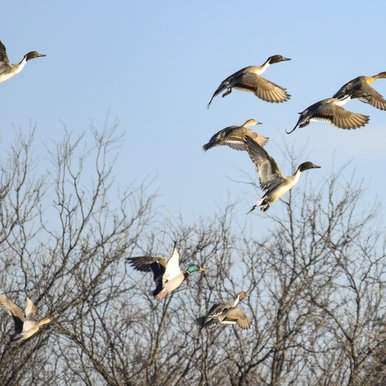
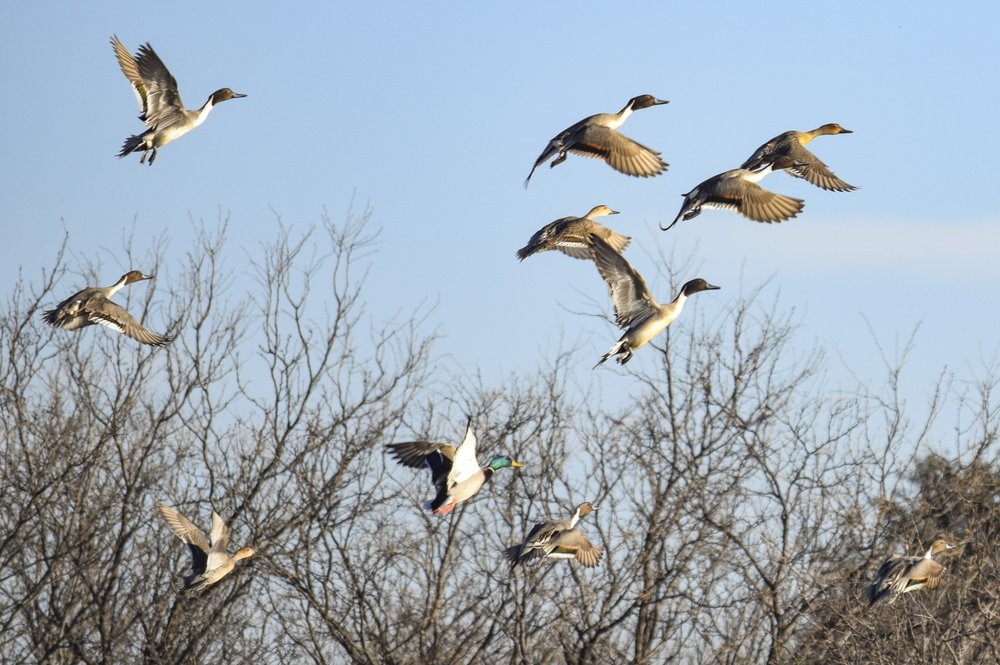
“The MT7 Ranch and its owners, Mary and Mike Terry, exemplify everything we look for when selecting a winner for this prestigious award,” says Kevin Mote, private lands and public hunting director for the Texas Parks and Wildlife Department. “The Terrys and ranch staff are not only dedicated to being great land stewards inside the MT7 fences but have been excellent ambassadors for wildlife habitat conservation to other landowners, as well as great partners to TPWD over the years. Their willingness to implement new management practices, learn from their successes and failures, and share that knowledge with other like-minded conservationists are all qualities we are proud to recognize and honor.”
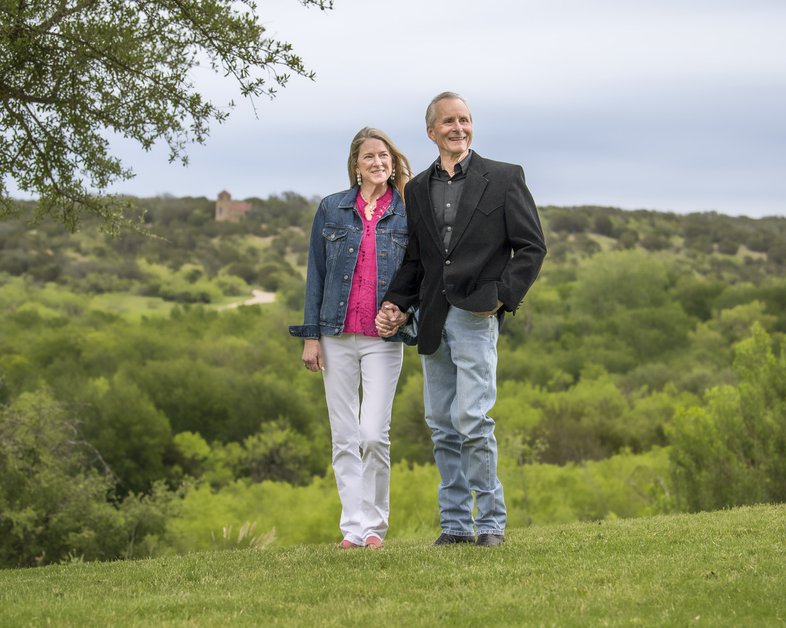
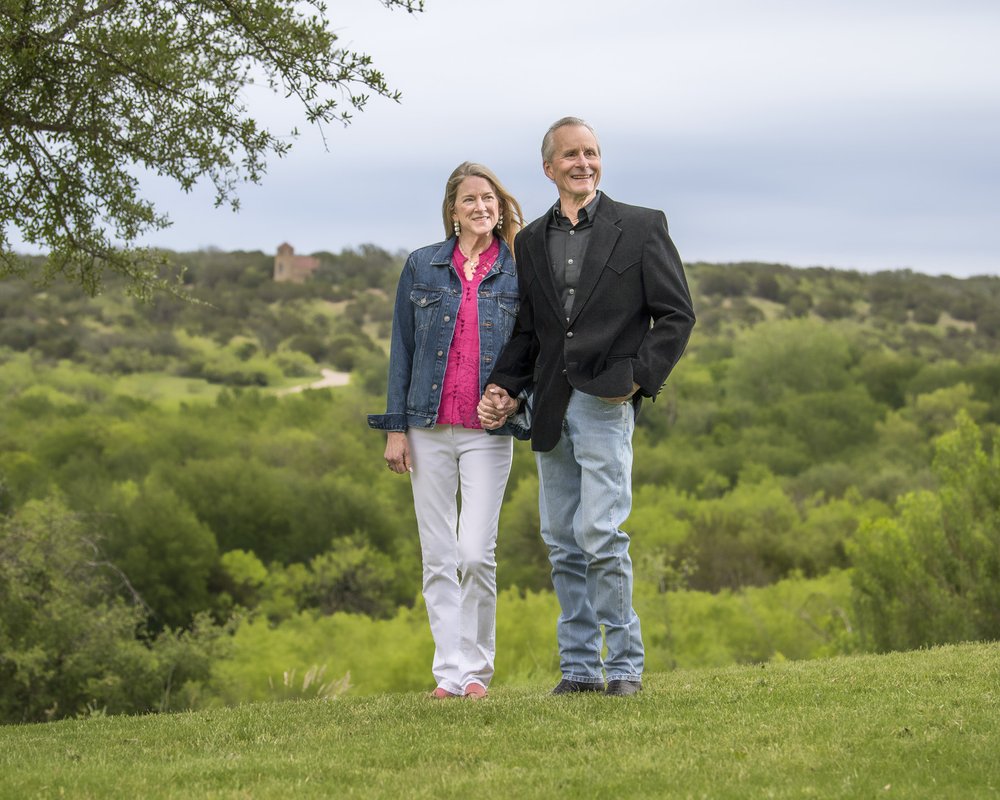
Open Arms and Open Gates
Mike and Mary have embraced their love of land stewardship and community, and they share their knowledge of land management and sustainable cattle operations. Some landowners fear opening their land to others, but the Terrys have taken the opposite approach. The Terrys express their passion for wildlife and community by allowing the ranch to be an outdoor classroom for other ranchers, nonprofits, local school and civic groups, state and federal conservation agencies and graduate students conducting research.
The MT7 intern program has hosted more than 100 students, many of whom have gone on to work in wildlife fields or the ranching industry.
The open-door policy of sharing the ranch for education manifests itself in the excited chatter of children fishing in the ponds, identifying plants and wildlife and engaging in other outdoor activities. Each year the ranch hosts a field day for more than 100 fifth-graders from the Breckenridge Independent School District. Many of the children get to catch their first fish or have their first glimpse of wildlife such as turkeys or white-tailed deer.
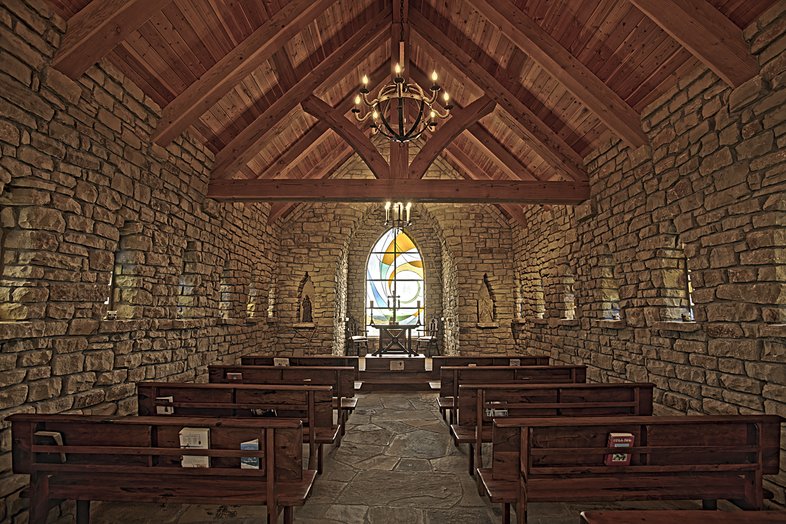
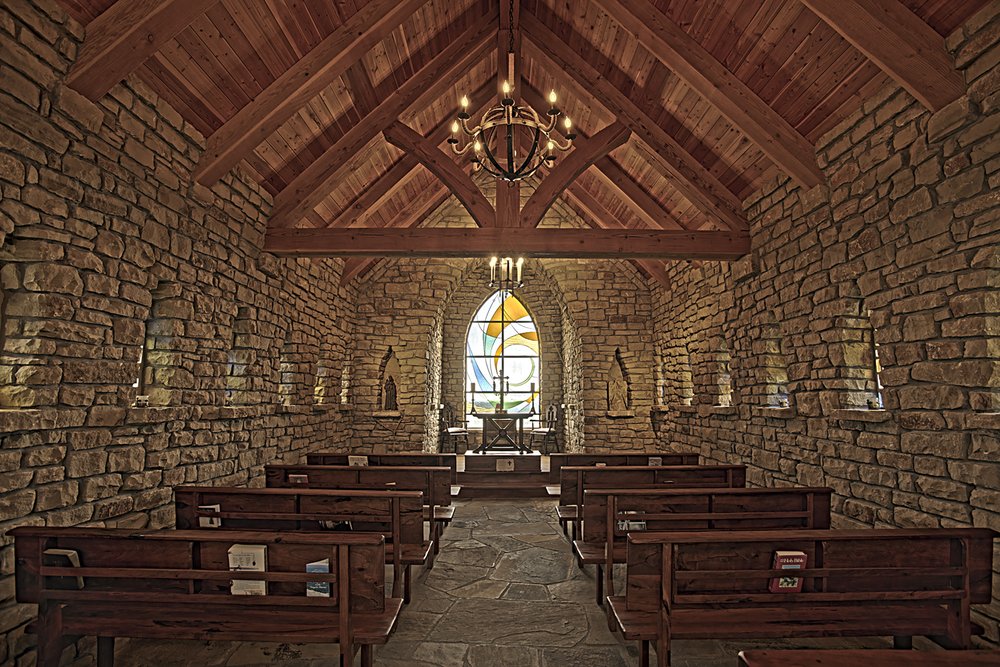
“The future of the ranch is all about my children and grandchildren,” says Mike Terry. “Every time I'm with them I am trying to teach them about being good land stewards.” The Terrys feel grateful for the chance to steward this land. They also made one addition that's not necessarily for the land itself, but more for the spirit of the place: a stone chapel. The chapel has become one of Mary Terry's favorite places. With sunlight shining through the large stained-glass windows, hues of blues and yellow illuminate the stone building. The quiet space has become a lovely place for family to give thanks for their little piece of heaven.
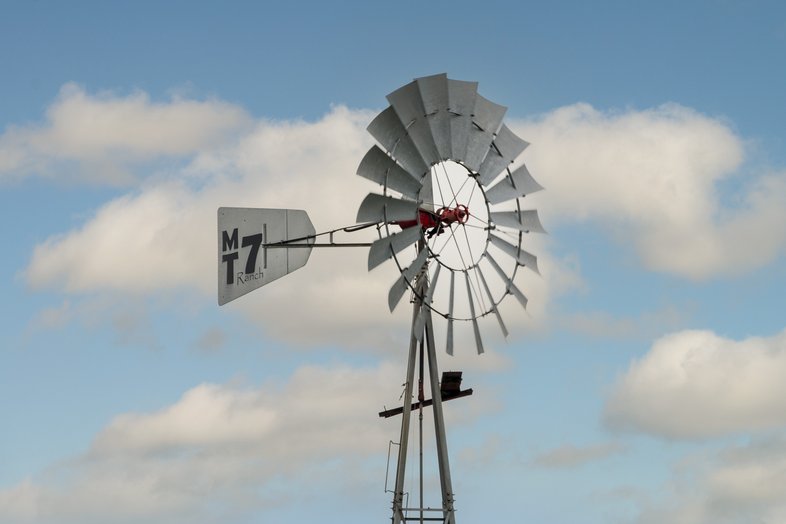
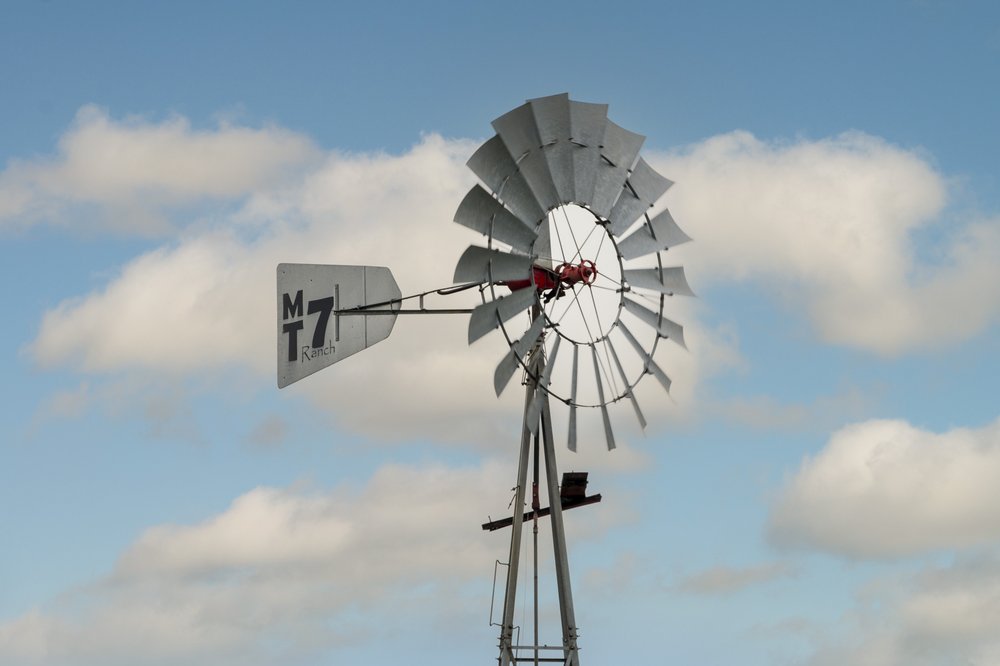
About the Award
In Texas, the Leopold Conservation Award is presented by the Sand County Foundation and American Farmland Trust in partnership with TPWD as part of the Lone Star Land Steward awards program. The award is supported by the Texas Parks and Wildlife Foundation and made possible thanks to the generous contributions from American Farmland Trust, Lee and Ramona Bass, Dixon Water Foundation, Sand County Foundation and McDonald's.
The Lone Star Land Steward program also honors ranches or properties in each ecoregion of Texas for their conservation efforts. Below are the regional winners for 2024:
Blackland Prairie
The Dynamite and
Mill Creek Ranch
Operated by Chris Key
and Brian Simmons
Edwards Plateau
The Byler Ranch
Owned by William Byler
High Plains
The Adcock Ranch
Owned by Stan Adcock
Pineywoods
The Rocky Hill Ranch
Owned by Blaine Morton
Post Oak Savannah
Mattox Prairie Farms
Owned by Julie Mattox
Trans-Pecos
The Sibley Last Chance Ranch
Owned by William Sibley
